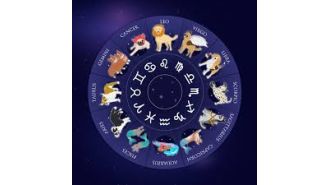Jagar valley, a biodiversity hot spot
Jagara Valley, also called as Jagar valley and Muthodi, is a biodiversity hot spot in the coffee District of Chikkamagaluru of Karnataka. It is surrounded by coffee estate on the eastern side, and by the drier forests of Lakkavalli on the western side. In 1974, it was enlarged and rechristened as the Bhadra Wildlife Sanctuary. Later in 1998, it was declared as Project Tiger Reserve.
It lies from 13° 22 min to 13° 47 min. N latitude, 75° 29m to 75° 45 min. E longitude. The altitude varies from 615 to 1875 m, the highest point being Kallathigiri on the Eastern boundary. The rainfall is from 1200 mm to 2600 m. Rainy days are from June to October, receiving the precipitation mainly from the South-West monsoon. The temperature varies from 10°C to 35°C. Hottest months are from March to May.
The bowl-shaped terrain of Jagar valley is perennially wet due to a web of innumerable little streams and rivulets. These are Somavahini, Thadabehalla, and Odirayanahalla etc. Perennial Somavahini originates in a privately owned coffee estate, and its crystal clear water gets polluted in December-January due to residue coffee pulp thrown in to it by the upstream coffee planters.
The dense biodiversity-rich forests of Jagara Valley are mostly covered by Moist Deciduous Forests. The hillocks are clothed by the green carpet of grasslands and the evergreen shola forests.
There were 736 families in 16 villages inside the sanctuary, cultivating the forest lands almost over a century. They were resettled outside the sanctuary during 2001-2002, by giving them all modern amenities and compensation, thereby removing all human disturbances.
The valley is covered by remarkably giant trees like Teak (Tectona grandis), Rosewood, Sisam (Dalbergia latifolia), Honne (Pterocarpus marsupium), Nandi (Lagerstroemia microcarpa), Heddi (Haldina cordifolia), Madathega, Karambal (Dillenia pentagyna), Tadasalu, Dhaman (Grewia tilaefolia), Kari Matti (Terminalia alata), Kindal, Honnal (Terminalia paniculata), Tare mara (Terminalia bellirica), Holematti, Arjun (Terminalia arjuna), Mango (Mangifera indica), Neralu (Syzygium cumini), Kavalu mara, Kumbi (Careya arborea), Sagadi, Kusum (Schleichera oleosa) and Ficus species.
(Source: This is an abstract taken from the 'My forest' Journal; March - June 2017. The author is S. G. Neginhal I.F.S. (Retd.). You can read the entire article at aranya.gov.in)
346 Views





